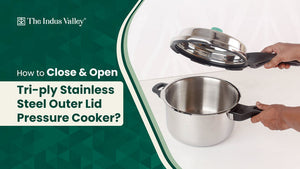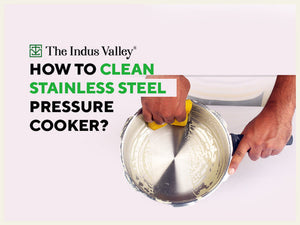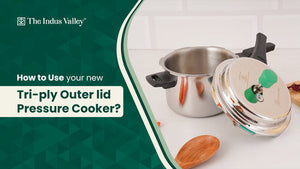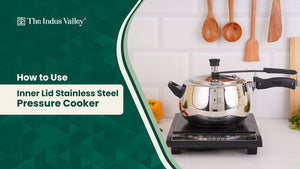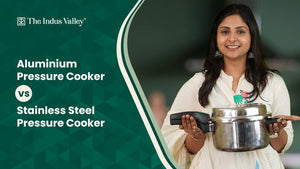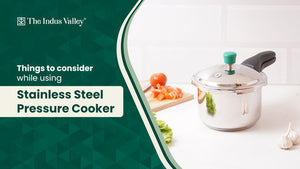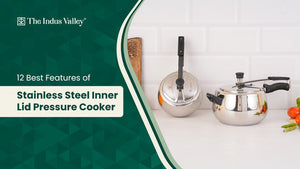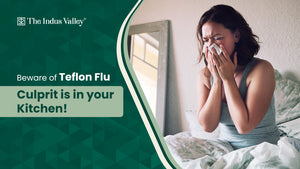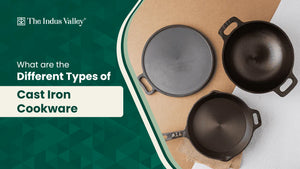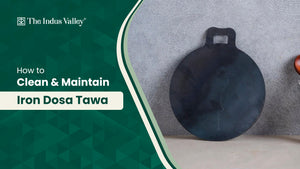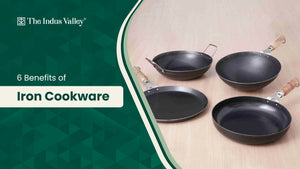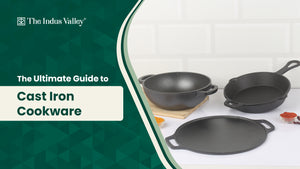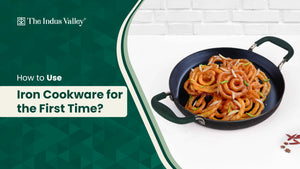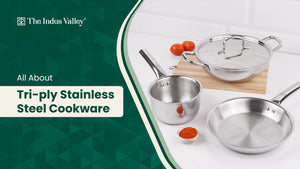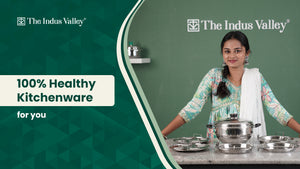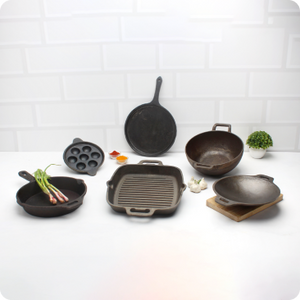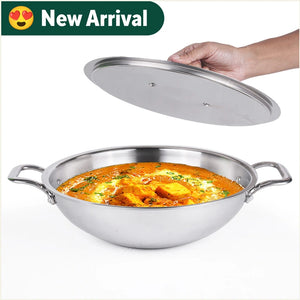It is prone to Fungus and chips to join with the food – making plastic boards dangerous.
Many people are looking for a wooden chopping board, but they do not know how to choose the right board. Here are some best practices that will help you choose wisely.
Here are some questions to help you choose the right chopping board:
Question 1: Do you cut meat?
Question 2: Do you use your chopping board daily?
Question 3: Do you have kids at home?
Question 4: Do you use your chopping board for serving like a cheese plate?
Question 5: Do you use big and sharp professional knives?
If you have answered YES to 3 or more questions. A wooden chopping board is for you. Here are some key features to look out for in your new chopping board:
1. Solid + Jointfree = Durable:
Many boards that you get in the market are made of bamboo. Bamboo is good strong wood and renewable too. It comes at a budget-friendly price as well. This is suitable for those who use the board very rarely and mostly for serving.
If you use your board daily, you need to wash it after use. Bamboo is a narrow wood. A lot of pieces must be pasted to make the chopping board.
The pasting and joints make it weak and prone to bending when washed. This bending is called – warping of the wood. This is natural but not good for your board. It will start to shake and ruin the base
So what board is good for our daily users? Use only a Solid chopping board with the Core portion of the Cutting board should have no joints.

Why you may ask? This increases the lifetime of the board and reduces the chance of bending. Seasoning of all wooden boards is an essential step to ensure the board is strong and durable.
Key Points to Remember:
– Ensure your cutting board has not Jointed.
– Note: Edge portion of the cutting board can have joints to improve the sturdiness of the board.
2. Grains:
All solid wood has unique and beautiful grains. This is something you should look out for.
Why should you look for this? Some sellers cheat you by selling plastic boards as wooden boards. Some sell MDF(Medium Density Fibreboard) or other dangerous waste wood as chopping boards.
So, how to check to see the grains?
–Visual inspection is the best way to determine if a chopping board is made of solid wood. All wooden chopping boards have grains in it.
3. No Polish:
Chopping boards are used to cut and serve fruits, vegetables, cheese, and meat. We use it for the whole family, including kids. It is important to ensure your wood has no polish on it.
Why you may ask? Isn’t polish good? Doesn’t it keep water away from the cutting board?
Most wood polishes are not wood safe. All Indus Valley Chopping Boards are food safe and good quality cutting boards.
So how do you check for it? The surface should not be completely smooth like furniture after the first wash. The wood should absorb some amount of water before wiping it dry. These two are fail-proof signs to show that your board is polish-free and safe!
4. Aesthetics:
Yes. Who doesn’t like a good-looking product in their kitchen? A good-looking cutting board can double up as a cheese plate in your kitchen.
An aesthetically appealing cutting board can improve the image of your cooking to your guests. You can choose a good-looking cutting board from a variety of options below.
2. Pine-wood-chopping-board-for-kitchen
3. Neem-wood-chopping-board
4. Bamboo-wood-chopping-board-medium
5. Bamboo-wood-chopping-board-large
6. Compact-mango-wood-chopping-board-with-wide-handle-rectangle
7. Large-mango-wood-chopping-board
8. Mango-wood-chopping-board-handle
9. Compact-bamboo-wood-chopping-board
10. Mango-wood-chopping-board-with-grooves-handle-rectangle
We hope we have solved all of your questions. If you want to get notifications about our new posts on Cooking, Tradition, Healthy Living, Tips, etc. :
‘Like’ our Facebook Page by visiting here – The Indus Valley.
Note: The information in this article and website is not a substitute for professional medical advice, diagnosis, or treatment. Always seek the advice of your physician or other qualified health providers before making any diet or lifestyle changes.
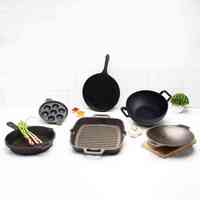
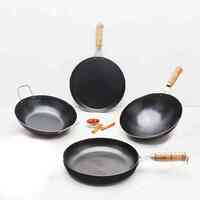
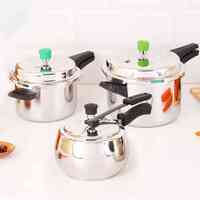
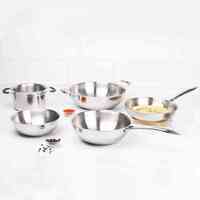
 Easy 7-Day Return
Easy 7-Day Return
 Additional ₹100 Off on Prepaid Orders*
Additional ₹100 Off on Prepaid Orders*


